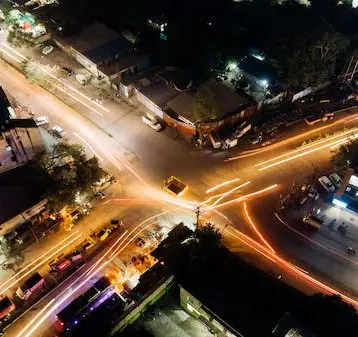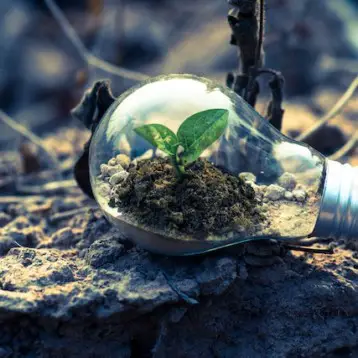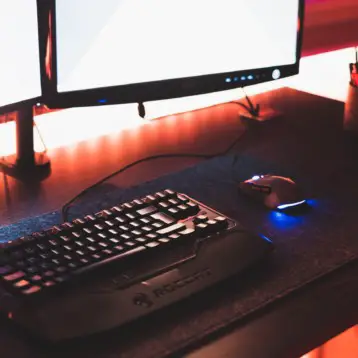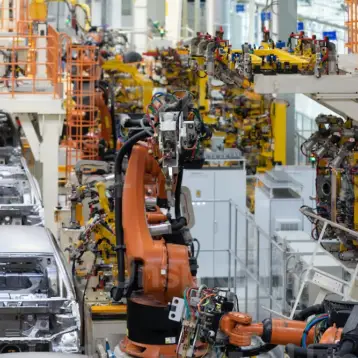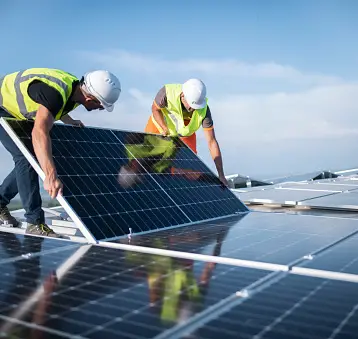|
At the center of the proposed method is a “popcorn-ball” design, in which tiny kernels are concentrated in much larger porous spheres. According to Guozhong Cao, Professor of materials science and engineering at UW, this structure allowed the researchers to “manipulate” light to their advantage in a way that “can lead to a significant breakthrough in dye-sensitized solar cells”.
Dye-sensitized solar cells, composed of a semiconductor formed between a photo-sensitized anode and an electrolyte, can be produced from low-cost materials and require a relatively simple manufacturing process. However, these cells are only about half as efficient as their silicon-based counterparts, and convert just over one tenth of the incoming solar energy into electricity.
The UW scientists decided to abandon the traditional homogeneous rough surface, and replaced it with their “clumping design”. According to the researchers, one of the most important decisions that must be made when making a solar cell regards the size of the grains. On one hand, smaller grains have a bigger surface area per volume ratio, allowing them to absorb more rays of sunlight. On the other hand, bigger clumps, which are closer to the wavelength of visible light, “cause light to ricochet within the thin light-absorbing surface so it has a higher chance of being absorbed.”
As Professor Cao put it, “You want to have a larger surface area by making the grains smaller, but if you let the light bounce back and forth several times, then you have more chances of capturing the energy.”
The UW team settled on a structure in which very small grains – about 15 nanometers across – are clumped in larger agglomerations – about 300 nanometers across. These large balls scatter the incoming light rays, which thanks to the complex internal structure, are absorbed into the grains’ surface area, about 1,000 square feet of surface area for each gram of material. By forcing the light to travel a longer distance within the solar cell, it is absorbed into a much broader surface area of the smaller grains, which are coated with a dye that captures the light. In this way, the scientists expected to achieve some improvement in the solar cells’ performance.
|
When using only small particles, the scientists achieved an overall efficiency of 2.4 percent – the highest achieved in this material. However, the big surprise came when the researchers applied their “popcorn-ball” design. Using this structure, the electricity conversion efficiency leaped to a record high of 6.2 percent – more than double the previous performance.”We did not expect the doubling,” Cao said. “It was a happy surprise.”
UW scientists performed the experiments using zinc oxide compound, which is easier to work with but less stable chemically than the more commonly used titanium oxide. The team is currently focusing on transferring the concept to titanium oxide-based dye-sensitized solar cells, in hope that the developed strategy will prove itself once again.
TFOT has previously covered a number of innovative solar power technologies, such as the “nano-flakes” – a newly discovered crystalline material that can also efficiently convert almost twice the amount of solar energy into electricity than conventional solar panels. You can also read about EnviroMission’s solar tower project, which is designed so supply more than 200,000 typical Australian homes with enough power so that they will be powered solely by solar electricity within five years.
More information on UW’s “popcorn-balls” can be found on the official website of the University of Washington.







